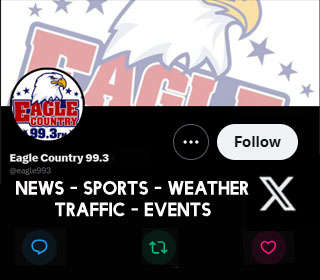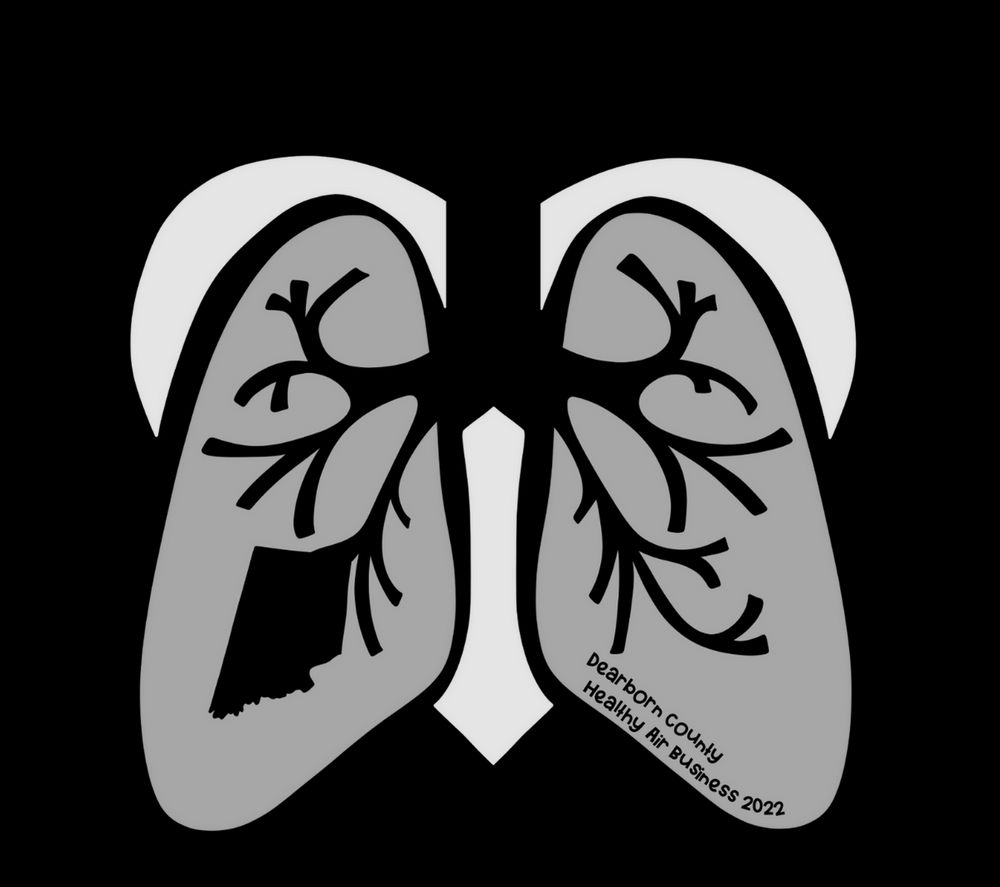Welcome Winter by properly preparing for Ski Season.

It is important for amateurs and even the more experienced skiers and boarders to prepare thoroughly to prevent injuries. Start when they first ski, this season. Start with strength training and a good stretching program, checking equipment and bundling up for the cold temperatures. Even if you are only tubing, you should prepare. Concentrate on training your knees, elbows and shoulder joints. These are the places that bear the brunt if (when?) you fall. So they are the most likely places to injure.
Strengthen your shoulders
The rotator cuff is a tendon made up from four muscles that attach to the ball part of the shoulder. It allows you to lift and rotate your arm. Few think of the rotator cuff as a target for winter sport injury. However, “many of my patients are simply ‘unintentional’ ice skaters,” said Dr. Robert Rolf, shoulder and elbow specialist with Beacon Orthopaedics. “No one plans to slip and fall, but when they do, serious injuries can happen.” Anecdotally, rotator cuff strains/tears are almost as common as knee-related injuries from winter sports. These usually occur when a person falls directly on the shoulder or on an outstretched arm.
The most common shoulder injuries are dislocations (when the shoulder “pops out” of joint) and rotator cuff tears. When injured, a rotator cuff tear can be very painful and result in weakness when trying to raise your arm. X-rays are usually negative, and an MRI is often necessary to establish the diagnosis.
Strengthen your legs
Snow sports are physically demanding. Leg strength and conditioning are essential to prevent or lessen injury. Your likelihood of sustaining an injury is much higher if your muscles fatigue while on the slopes. Plyometric exercises are the best exercises to build strength and endurance in your legs. These are jumping and bouncing exercises that mimic the stress that is put on legs while skiing and boarding.
Other tips to remember before you hit the slopes
- Beginners should take a lesson. Injuries are more common to beginners and bad habits can lead to injuries in the future
- Have your equipment checked regularly
- Warm up and stretch thoroughly
- Wear adequate clothing for the weather
- Wear a helmet for skiing and boarding. Snow boarders should also wear wrist guards.
- Make sure you are properly hydrated before, during and after a day a skiing.
- Ski and board with a friend.
If you sustain an injury while on the slopes, you should stop and rest the injured body part. Seek the medical personnel at the ski resort if pain is significant or if you have any questions. Otherwise, ice and elevate the injured extremity and be seen by a medical professional, if the pain does not subside after a few days.
If you have questions, please contact the sports medicine professionals at Beacon. Appointments are available at Beacon West, Lawrenceburg and Batesville, along with Saturday morning injury clinics and urgent care at Erlanger and Summit Woods. Go to www.beaconortho.com or call 513-354-3700 for an appointment today

 Switz. Co's Craig, Greensburg Girls Earn IBCA Weekly Honors
Switz. Co's Craig, Greensburg Girls Earn IBCA Weekly Honors
 Longtime East Central HS Boys Soccer Coach Steps Down After 22 Years
Longtime East Central HS Boys Soccer Coach Steps Down After 22 Years
 East Central Wins 7th Straight Wrestling Sectional Title
East Central Wins 7th Straight Wrestling Sectional Title
 Local Sport Report - January 31-February 1, 2025
Local Sport Report - January 31-February 1, 2025
 Cole Henry Becomes South Ripley's All-Time Leading Scorer
Cole Henry Becomes South Ripley's All-Time Leading Scorer
 Batesville High School Calls on Former Coach to Lead Volleyball Program Again
Batesville High School Calls on Former Coach to Lead Volleyball Program Again













